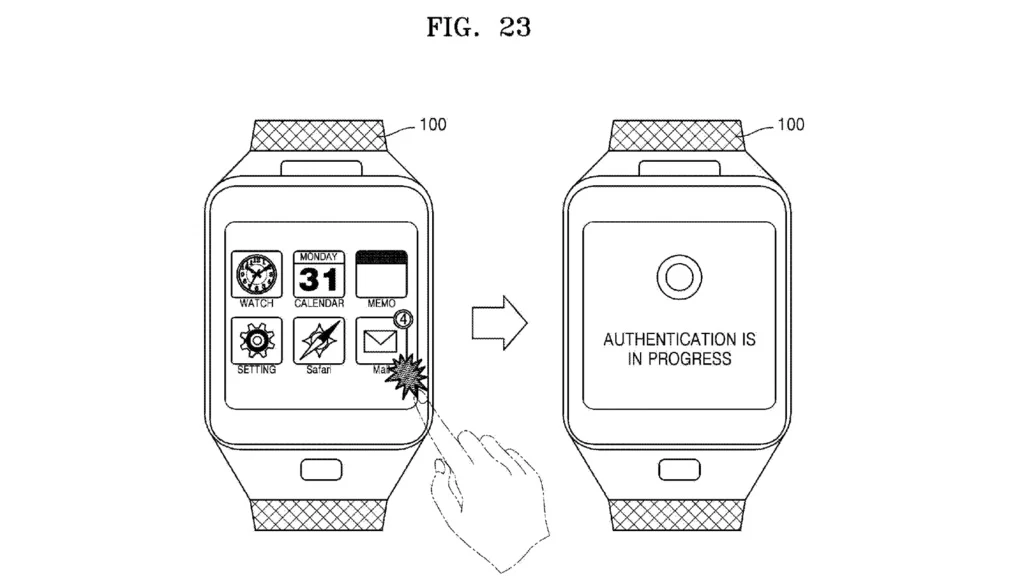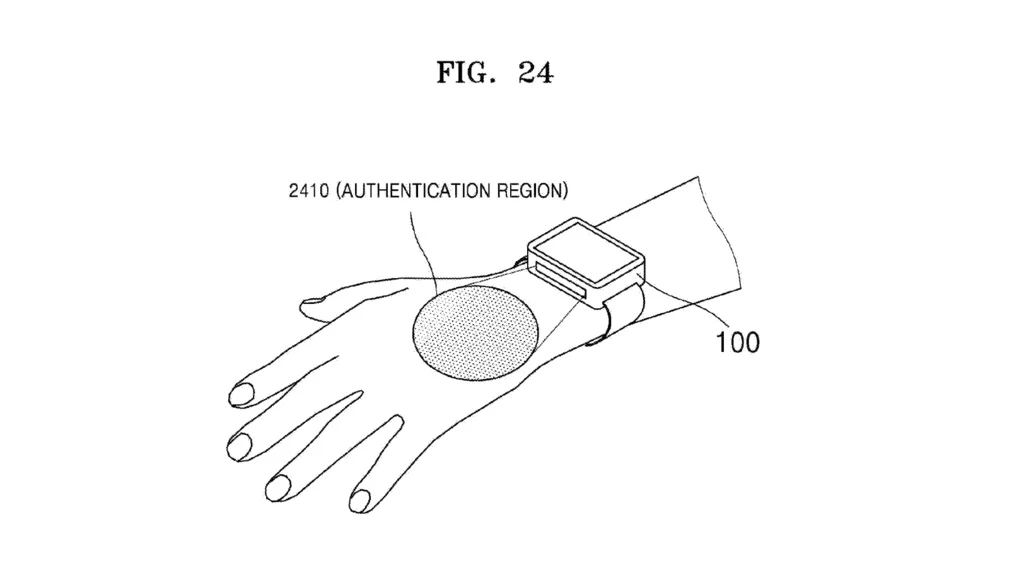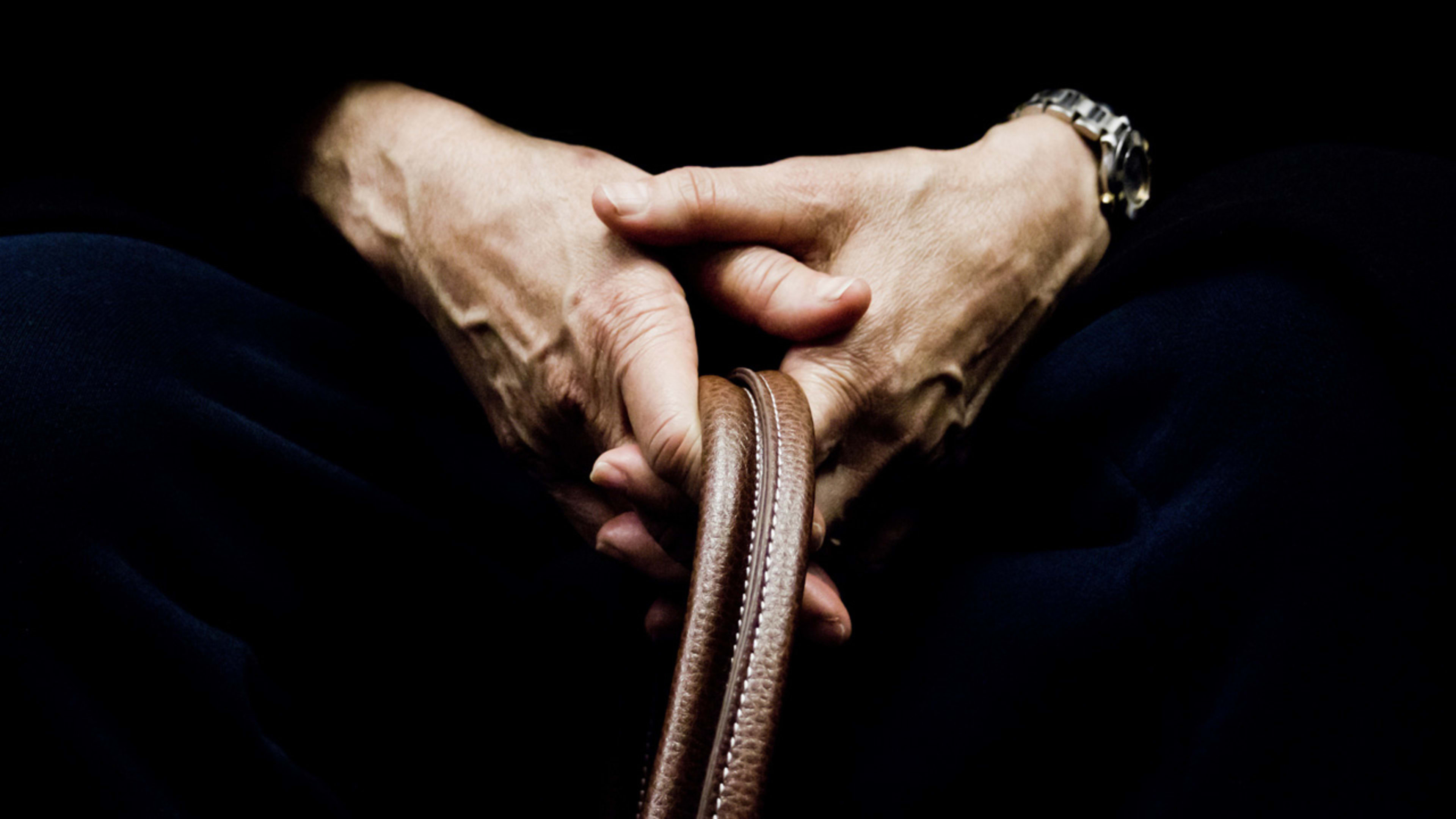A newly published Samsung patent describes a wrist-wearable sensor that reads the wearer’s veins. No, not to tell their fortune, but to establish their identity.
The sensor takes a picture of the user’s vein structure and characteristics, then compares it to a vein image in its memory that it knows belongs to the user. The sensor might also detect the user’s pulse rate, which is also unique from person to person.
According to the patent illustrations, the camera sensor (and two light sources on either side of it) might be mounted on the forward edge of a smartwatch. It might then scan an area on the back of the user’s hand to record the structure of the veins.

Once positive identification is established, the patent says, the device could display what it knows to be the user’s personal music playlists, contact lists, and ringtones after it recognizes who’s wearing the device. But that’s not very useful since wearables have only one wearer (people don’t normally share smartwatches); the device could just store one set of user preferences.
The technology might be very useful, however, for authenticating the wearer to access high-security things like cars or hotel room doors. In those cases, the wearable device is acting like a key, and the resources being accessed need to make sure that the wearer is who she says she is.

This “authentication” idea, or the idea that one’s wrist wearable acts as their key to all kinds of secure assets and services, is one of the great untapped potentials of the smartwatch. In the future, the technology used for enabling wearable devices to do secure mobile payments will likely be used to secure user access to everything from subway systems to garage doors to bank accounts.
These use cases might start to appear in wearable devices as they mature and become connected to fast cellular networks, and as they become more independent of paired smartphones.
Technology shown in patents often doesn’t get productized. But this technology addresses a use case that’s going to be important very soon.
Research provided by legal technology firm ClientSide
Recognize your brand’s excellence by applying to this year’s Brands That Matter Awards before the early-rate deadline, May 3.
